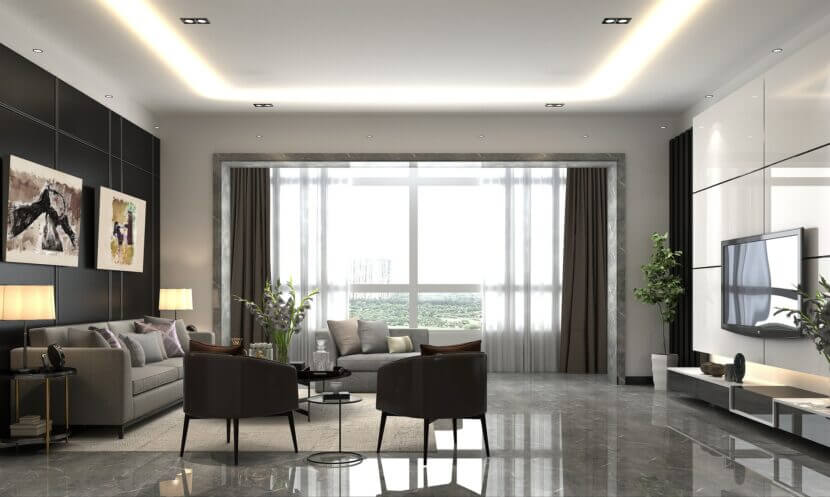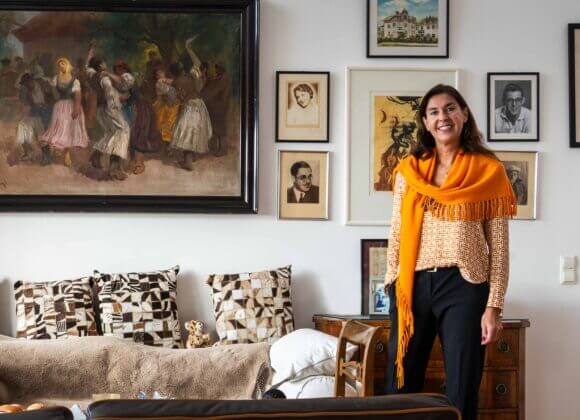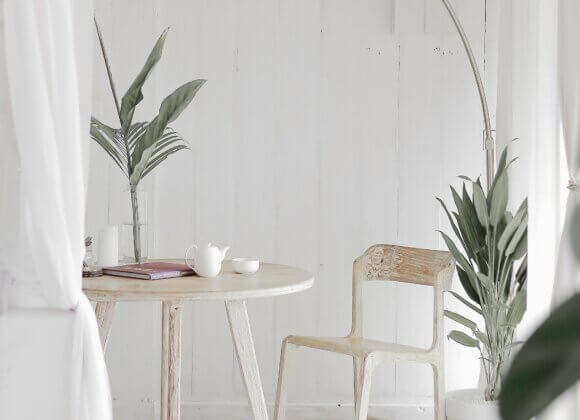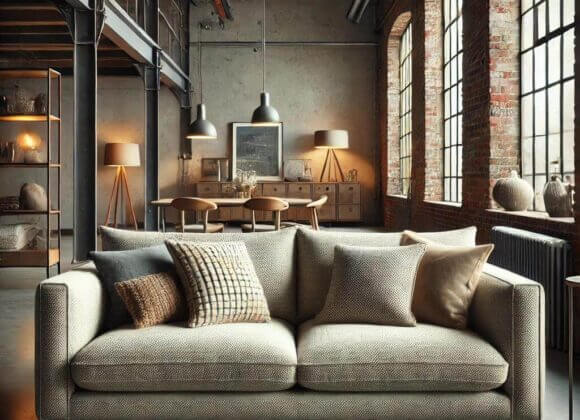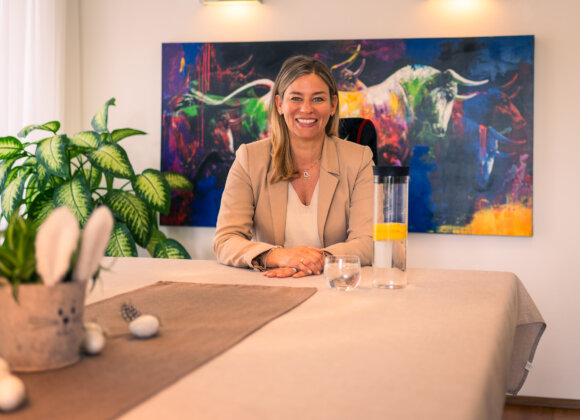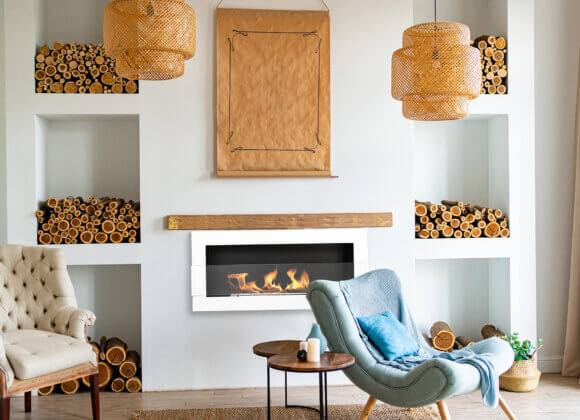Homes as a mirror of the soul
The personality of the residents can also shape an apartment. But it can also be the other way around, as residential psychologist Barbara Perfahl explains.
Many friends who visit Ingrid H. for the first time are confused. “The apartment doesn’t suit her at all,” they say. Because she is the opposite of Ingrid, who always dresses like a colorful bird, who is unconventional, always in a good mood, warm-hearted, spirited and chaotic: the apartment is dark, with no trace of coziness. Only the most necessary 08/15 furniture can be found in her apartment, it seems simply put there and not thoughtfully arranged. Plants, personal photos or other decorative items are nowhere to be seen – only a black and white photo of the New York skyline hangs in the bedroom. Although Ingrid H. has lived there for ten years, the apartment still feels like a temporary solution. “There are people who don’t want to create private relationships in their home,” says residential psychologist Barbara Perfahl. Apartments and houses are not necessarily a reflection of their inhabitants. This is only the case if the residents have designed their four walls to meet their living needs – including security, relaxation/peace, communication/socializing or self-expression.

Awareness of housing needs
“Ideally, we make the rooms our own. In other words, we adapt them to our preferences, needs and everyday life,” Perfahl describes. If, on the other hand, the residents are not aware of their living needs, have only recently moved in or do not want to create private relationships, the living spaces would not reflect their personality. In most cases, however, certain characteristics or interests can be read off. If the property is very exquisite and expensively furnished, this indicates that it is a status symbol. If everything is very neatly arranged, very tidy and possibly minimalist, it can be concluded that the residents are very structured. Nevertheless, a certain amount of caution is required: “If a young person has plastered the walls of their room with soccer posters, for example, this could mean that they are interested in it. Or, on the other hand, that he doesn’t like the wall,” the residential psychologist knows from experience.
Rooms also have an effect
Conversely, the rooms also have an effect on residents and guests, triggering emotions. “Rooms can have an effect due to their structure, size, height or light,” says Perfahl. Or because they remind you of rooms in which you felt particularly comfortable or uncomfortable as a child. “On the aesthetic level, in the psychological sense, it’s about how many stimuli the space exerts,” Perfahl describes. If there are too many, you can be overwhelmed, if there are too few, you can be underchallenged.
Check carefully
She therefore advises all those who are thinking of changing their premises – whether by redesigning or relocating – to do one thing above all: “You should take a close look at your living requirements,” says Perfahl. Among other things, it’s about becoming aware of what functions the home and individual rooms should fulfill. In doing so, all previous thinking should be thrown overboard. If you let your imagination run wild, new options often open up. “Of course, it’s more difficult when there are several residents, because the respective needs should be reconciled as well as possible,” says Perfahl. In this context, she also advises people to get rid of things that don’t mean anything to them (anymore). “Your home should be a place where you are only surrounded by things that give you positive feelings.”
Related posts:
Furnishing tips for small apartments
Living trends 2024 – how to furnish a chic city apartment
Hanging pictures – 5 tips from a professional


